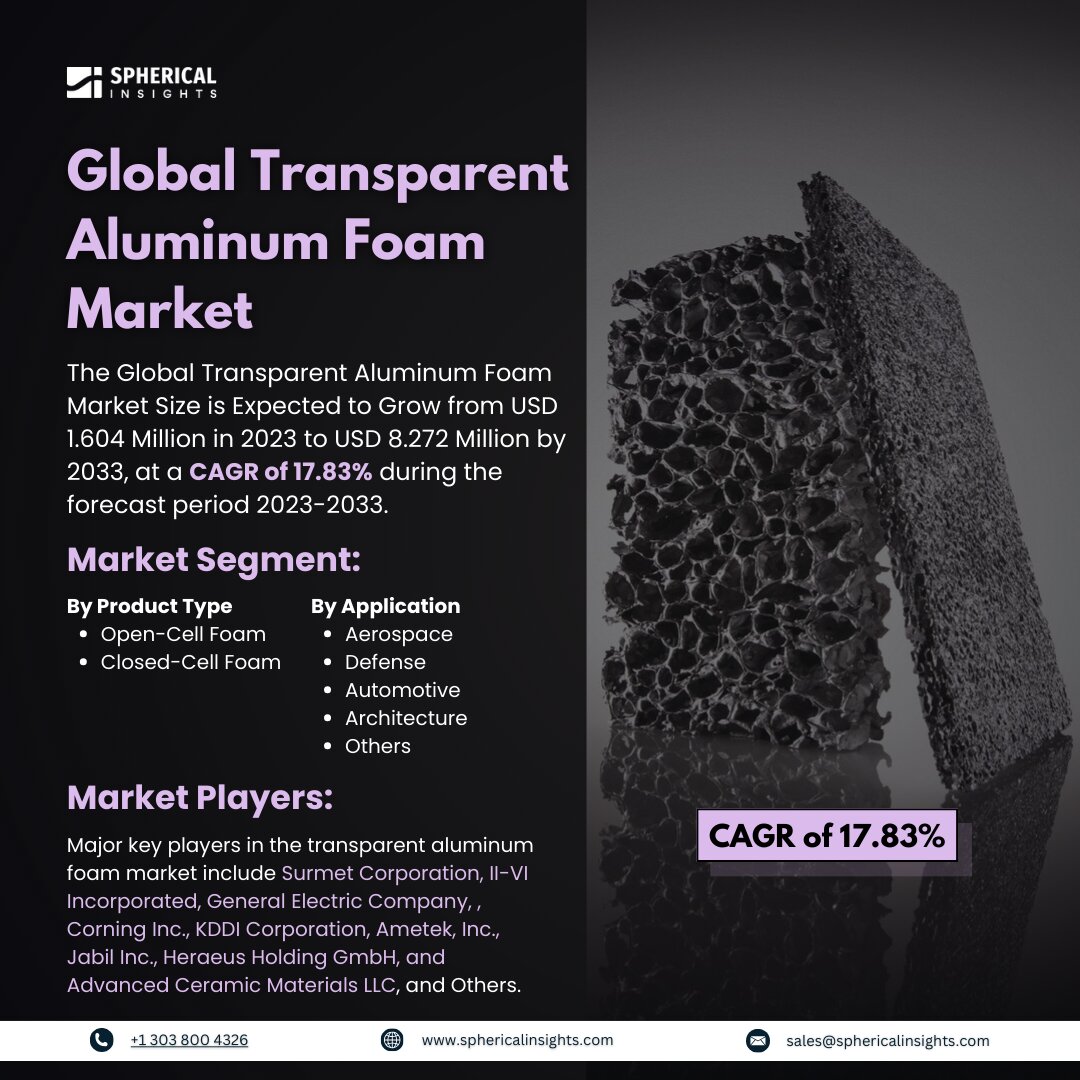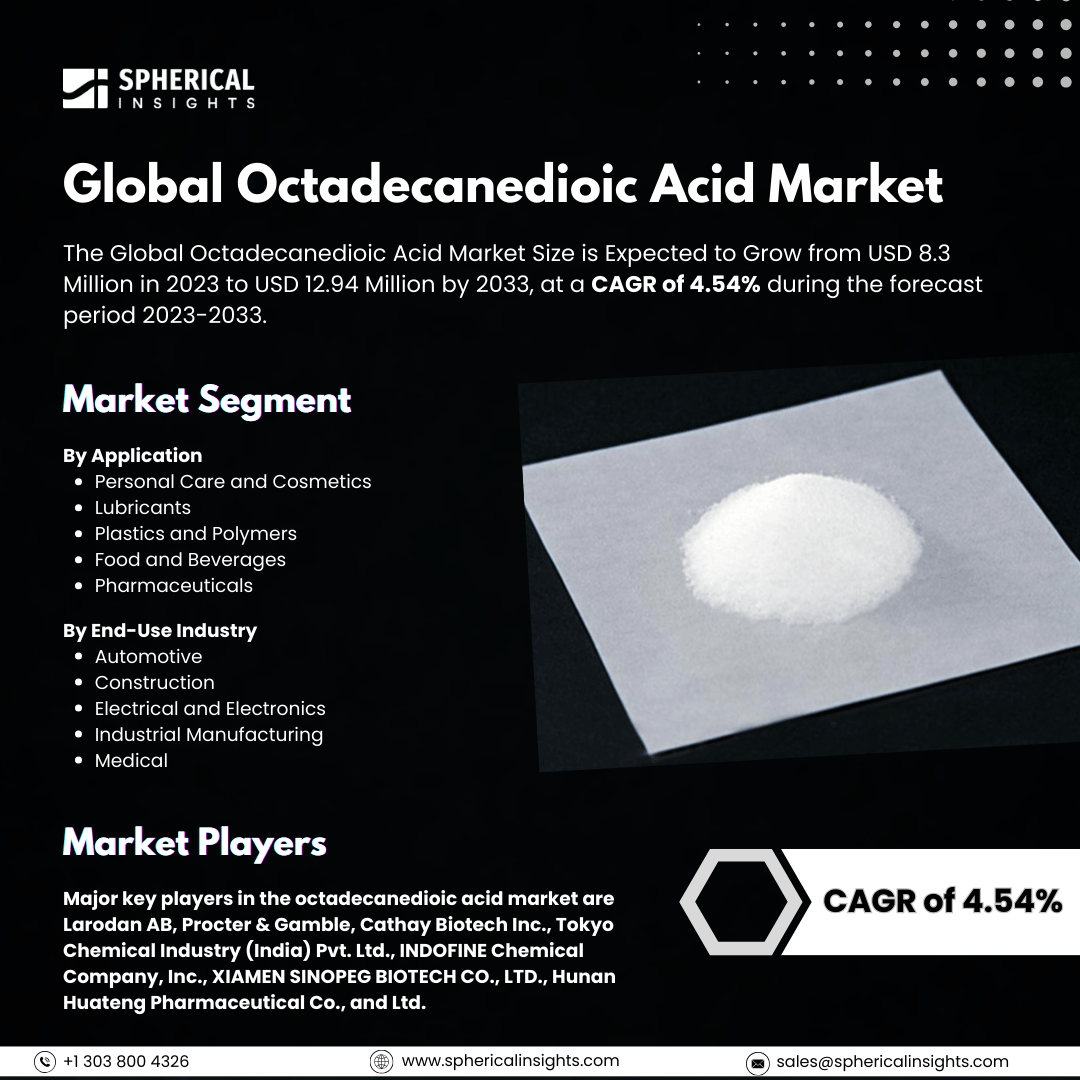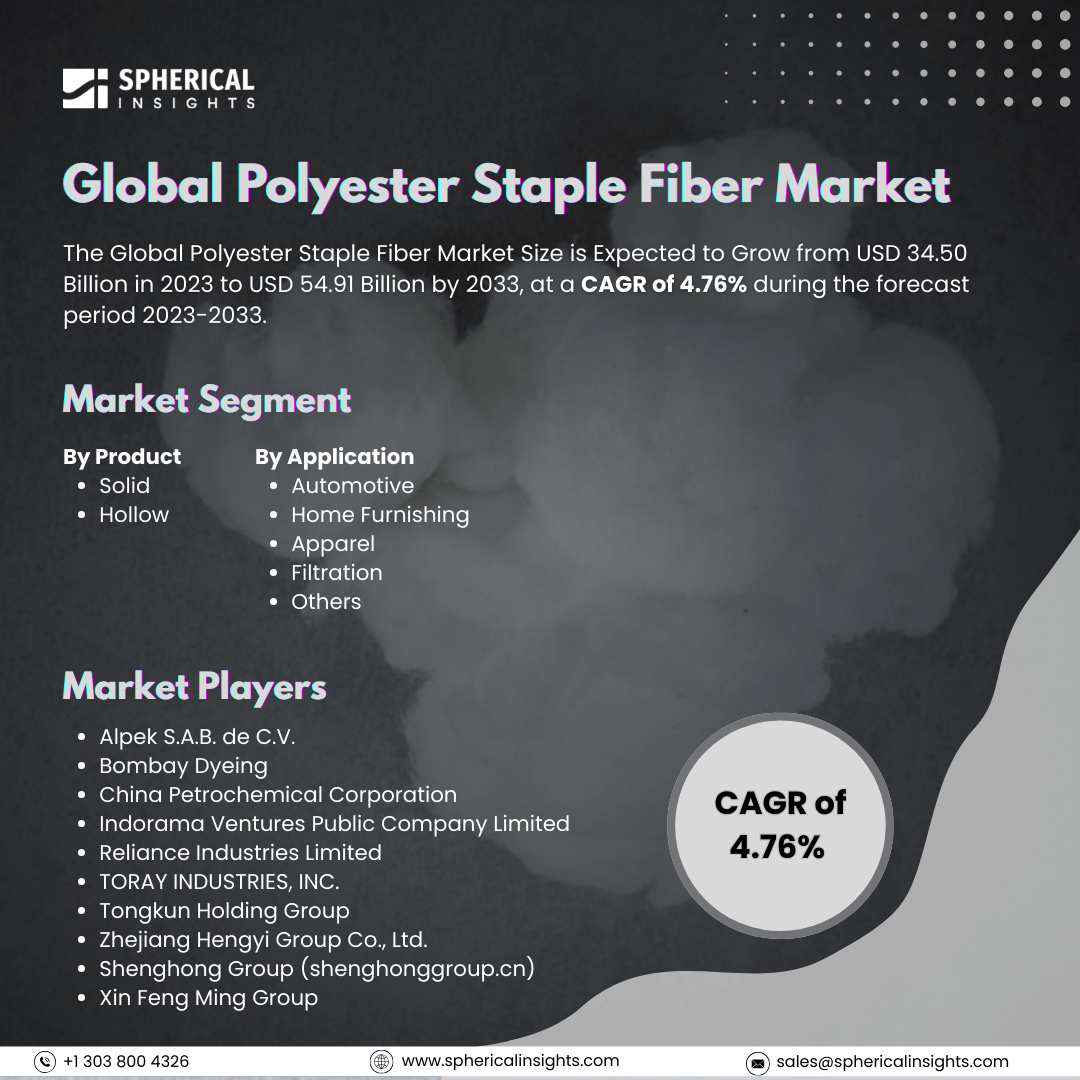Global Transparent Aluminum Foam Market Size to worth USD 8.272 Million by 2033
According to a research report published by Spherical Insights & Consulting, the Global Transparent Aluminum Foam Market Size is Expected to Grow from USD 1.604 Million in 2023 to USD 8.272 Million by 2033, at a CAGR of 17.83% during the forecast period 2023-2033.
Browse key industry insights spread across 210 pages with 110 Market data tables and figures & charts from the report on the Global Transparent Aluminum Foam Market Size, Share, and COVID-19 Impact Analysis, By Product Type (Open-Cell Foam and Closed-Cell Foam), By Application (Aerospace, Defense, Automotive, Architecture, and Others), and By Region (North America, Europe, Asia-Pacific, Latin America, Middle East, and Africa), Analysis and Forecast 2023 – 2033.
Transparent aluminum foam is a novel material that combines the special qualities of transparency with the qualities of aluminum. This lightweight, robust, and transparent material is made by a sophisticated manufacturing process that involves melting aluminum alloys and adding foaming agents like calcium carbonate or titanium hydride. After that, the mixture is heated and compressed to produce a clear, long-lasting foam structure. The goal of the automotive and aerospace industry has always been to make cars lighter without sacrificing structural integrity. Significant advantages result from this, including lower fuel consumption and improved performance. Transparent aluminum foam's lightweight and high-strength qualities are ideal for meeting this purpose. Producers of cars and airplanes are constantly under pressure to reduce emissions due to strict environmental regulations. They can achieve significant weight reductions by substituting clear aluminum foam, which is more than ten times lighter than steel, with existing metal components. Governments worldwide, particularly in North America and Asia, are promoting the use of advanced materials like transparent aluminum foam. For instance, the U.S. Department of Defense has been funding research and development to investigate the potential military uses of transparent aluminum foam, including blast-resistant structures and lightweight armor. However, high production costs of transparent aluminum foam, due to complex foaming processes, hinder widespread adoption in mass markets and commercial applications.
The open-cell foam segment is predicted to hold the highest market share through the forecast period.
Based on the product type, the transparent aluminum foam market is classified into open-cell foam and closed-cell foam. Among these, the open-cell foam segment is predicted to hold the highest market share through the forecast period. Open-cell foam, also known as reticulated foam, is widely used due to its unique cellular structure. Its interconnected pores form a three-dimensional skeletal network, providing excellent shock absorption and heat and sound insulation properties, unlike closed-cell foam with discrete cells separated by walls.
The aerospace segment is anticipated to hold the greatest market share during the projected timeframe.
Based on the application, the transparent aluminum foam market is divided into aerospace, defense, automotive, architecture, and others. Among these, the aerospace segment is anticipated to hold the greatest market share during the projected timeframe. The aerospace industry demands high-strength, lightweight materials for aircraft manufacturing. Transparent aluminum foam, with its unique combination of transparency, low density, and high specific strength, perfectly meets these requirements.
North America is estimated to hold the largest share of the transparent aluminum foam market over the forecast period.
North America is estimated to hold the largest share of the transparent aluminum foam market over the forecast period. The established industrial presence and encouraging government activities encouraging the adoption of sophisticated materials are responsible for this. The development of environmentally acceptable substitutes has been sped up by strict laws governing the sourcing of materials and carbon emissions.
Asia Pacific is predicted to have the fastest CAGR growth in the transparent aluminum foam market over the forecast period. This is due to rapid industrialization, rising building activity, and expanding electronics sector. Developing nations are investing in cutting-edge technologies in response to factors including the growing demand for infrastructure development to support sustainable development.
Competitive Analysis
Major key players in the transparent aluminum foam market include Surmet Corporation, II-VI Incorporated, General Electric Company, Alcoa Corporation, Boeing Company, Lockheed Martin Corporation, Raytheon Technologies Corporation, Morgan Advanced Materials plc, Schott AG, Corning Inc., KDDI Corporation, Ametek, Inc., Jabil Inc., Heraeus Holding GmbH, and Advanced Ceramic Materials LLC, and Others.
Recent Development
- In August 2022, Surmet's work with ALON (Aluminum Oxynitride) and its transparent aluminum foam variant! Surmet has indeed been a pioneer in developing ALON and expanding its applications across various sectors, including military defense and aerospace. Their relationships with research organizations and universities are vital for improving technology and exploring new applications
Key Target Audience
- Market Players
- Investors
- End-users
- Government Authorities
- Consulting And Research Firm
- Venture capitalists
- Value-Added Resellers (VARs)
Market Segment
This study forecasts revenue at global, regional, and country levels from 2023 to 2033. Spherical Insights has segmented the transparent aluminum foam market based on the below-mentioned segments:
Global Transparent Aluminum Foam Market, By Product Type
- Open-Cell Foam
- Closed-Cell Foam
Global Transparent Aluminum Foam Market, By Application
- Aerospace
- Defense
- Automotive
- Architecture
- Others
Global Transparent Aluminum Foam Market, By Regional Analysis
- North America
- Europe
- Germany
- UK
- France
- Italy
- Spain
- Russia
- Rest of Europe
- Asia Pacific
- China
- Japan
- India
- South Korea
- Australia
- Rest of Asia Pacific
- South America
- Brazil
- Argentina
- Rest of South America
- Middle East & Africa
- UAE
- Saudi Arabia
- Qatar
- South Africa
- Rest of the Middle East & Africa



